|
In partnership with the World Toilet Organization and Wetlands Work! we are helping schools in 4 floating villages in Cambodia get environmentally friendly toilets specifically designed for their unique situation. The IssueThe young students living on Cambodia's largest lake, the Tonle Sap, live in houses and attend schools that actually float on the lake! However, their schools don't have toilets, because until now, it hasn’t been possible to build one in a floating village. Around the world, marginalized, landless populations live in floating dwellings, migrating with the seasons. Floating settlements are found in Nigeria, Indonesia, Bangladesh, Brazil, and many other nations. In Cambodia almost 100,000 people live in floating communities on the Tonle Sap Lake, with the vast majority having no access to a toilet. There is also little awareness of the link between sanitation and health. People living in floating communities use the lake water for all their needs: bathing, washing, cooking, swimming, and drinking, and also as an open bathroom. Diarrhea-causing pathogens, including amoebic dysentery, cholera, and hepatitis, spread through contaminated water. In Cambodia, diarrheal diseases cause 1 in 7 deaths of children under 5 years of age, and those who survive frequent diarrheal episodes may suffer from developmental difficulties throughout their lives. Since the households float on water and migrate through the seasons, common sanitation technologies like pit latrines and sewers cannot be built. While the number of Cambodian households with toilets has increased to almost 30% over the past few years, much of the efforts have targeted typical urban and rural areas. Little attention has been paid to “difficult” challenging environments such as floating villages. Simply, sanitation technologies that work in such environments have not been available In floating villages, neither houses nor public buildings such as schools, have latrines. At best, a house may have a toilet pan that releases untreated feces directly into the water below. Lacking other options, that same water next to the family’s house is then used for washing, cleaning, and food preparation. A lack of privacy creates additional problems for women, and contributes to absences and higher school dropout rates among female students. The SolutionTo solve this issue, Wetlands Work! (WW!), a social enterprise in Cambodia, has developed the HandyPod, a revolutionary product that floats next to a waterborne house or school and treats the sewage. The World Toilet Organization (WTO) is working in partnership with WW! to pilot the HandyPod technology in floating villages in Cambodia’s Kampong Chhnang province, as the first step in making this vital technology available to floating communities around the world. Aquatic plants in the HandyPod host root-bound microorganisms that help to break down waste and eliminate over 99.99% of fecal bacteria. The system is self-cleaning, does not require chemical inputs to function, is easy to use and maintain. A ceramic squat pan, familiar to most users from visits to land villages, is connected to the system. The complete HandyPod is low-cost and aesthetically pleasing. For the past three and a half years, the HandyPod has been piloted in the floating village of Akol in Pursat province, Cambodia, in all of its 35 households. We now want to introduce the system to floating schools in other areas and need funding to ensure sustainable adoption of this novel technology. Depending on the success of this campaign we want to bring the HandyPod to a floating school in Bangladesh, where sanitation is also a challenge in waterborne communities. Project Objectives
The Schools and StudentsWe will install a HandyPod in each of the floating schools in four villages in Cambodia, and develop and implement a sanitation and hygiene education program in each school. The focus is on hygiene awareness and promotion strategies, ultimately stopping defecation into the lake. When school children learn about the importance of sanitation and good hygiene, they will bring this knowledge home to their families. As has been observed inland communities, after learning and experiencing the benefits of a toilet in school, students may encourage their parents to install a HandyPod latrine at their home too. Children can catalyze change by reaching out and raising awareness of sanitation and hygiene issues in their families, which has great potential to advance the demand for the HandyPod and improve hygiene and health in the communities. Introducing...the HandyPodRevolutionary design and great for the environment! How We Can HelpWe are raising the funds necessary to produce and install HandyPods at the schools in four villages, provide sanitation and hygiene awareness training, and promote adoption of this new technology within village households. We need to scale up the use of this revolutionary product on the Tonle Sap Lake in Cambodia, and begin its launch in other floating communities around Asia and beyond. It’s never been done before, anywhere in the world. Here are the costs involved:
Comments are closed.
|
TFISH FUND BLOGWe update news and reports directly from the field written by our NGO partners daily. Top PostsPHOTOS & VIDEOSIN THE NEWSCategories
All
Archives
August 2017
|

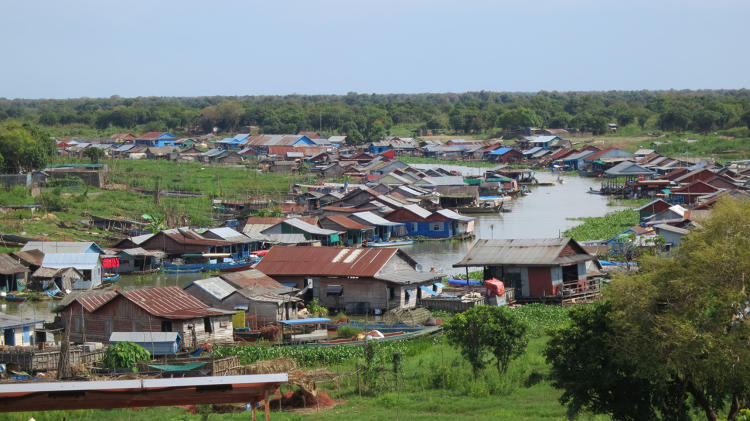
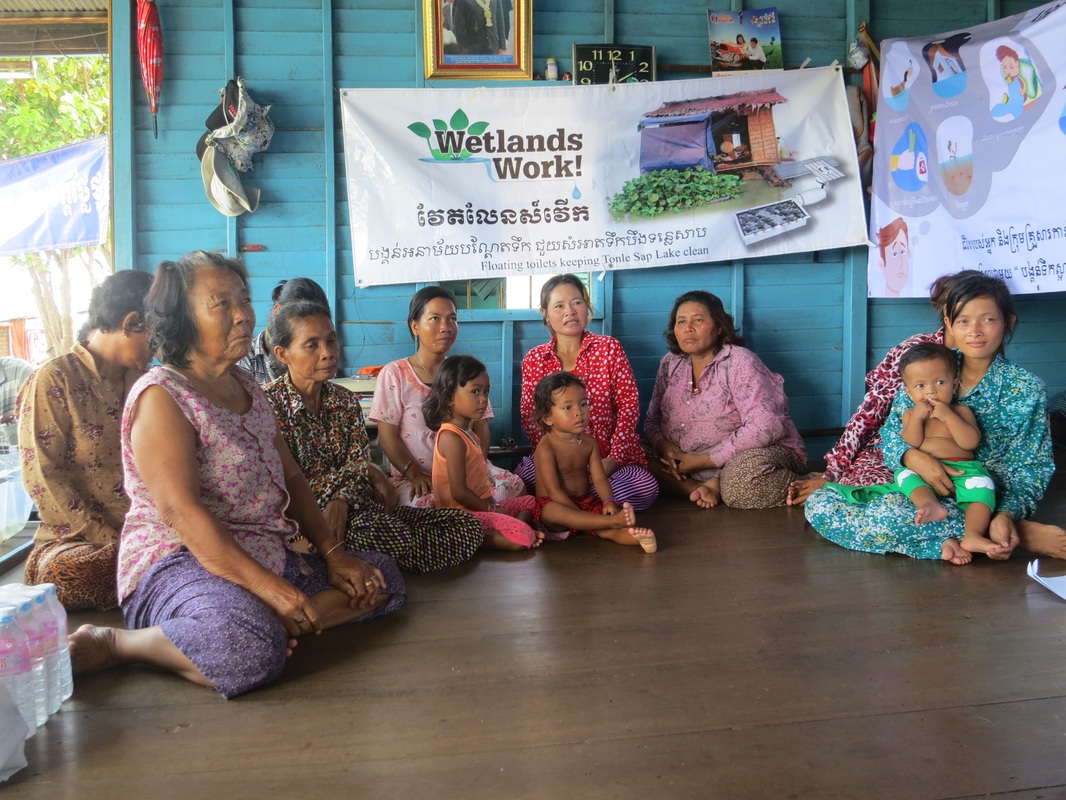
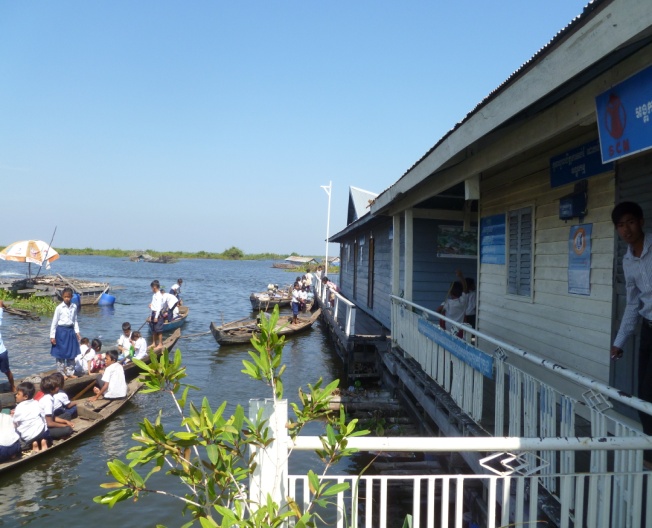


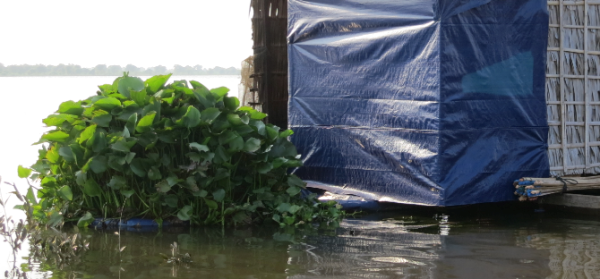
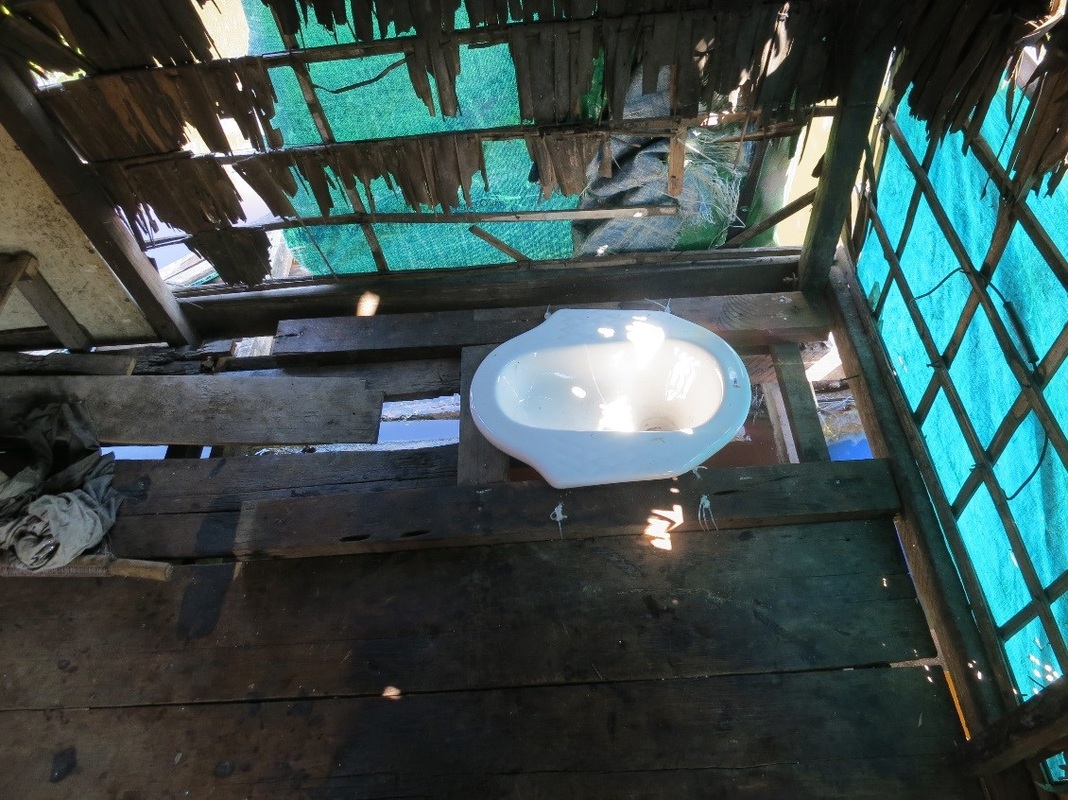
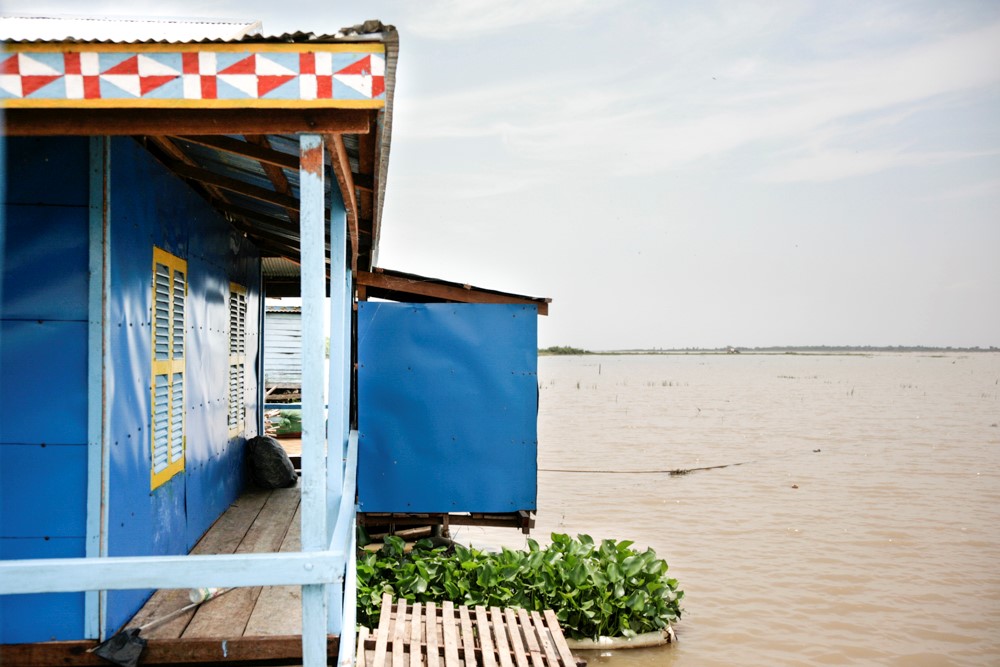
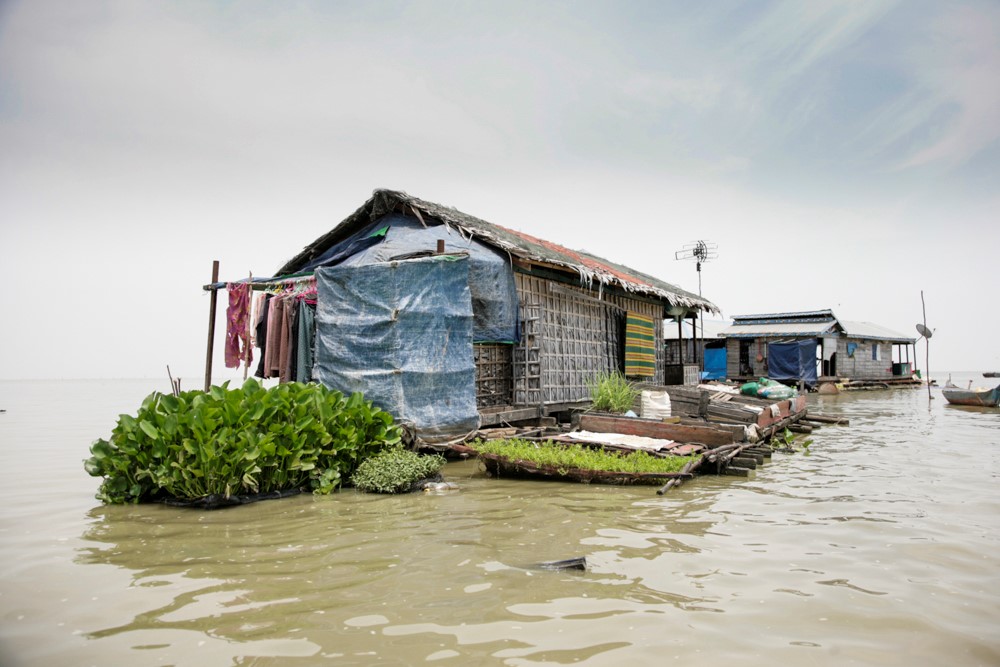
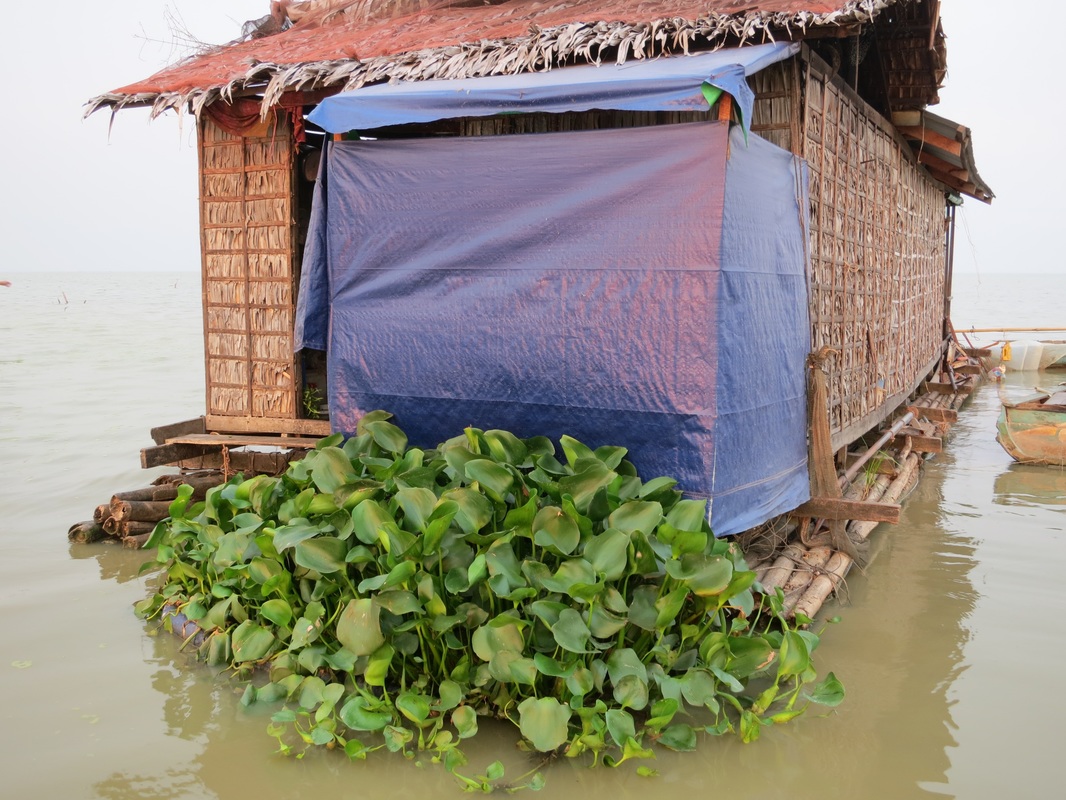
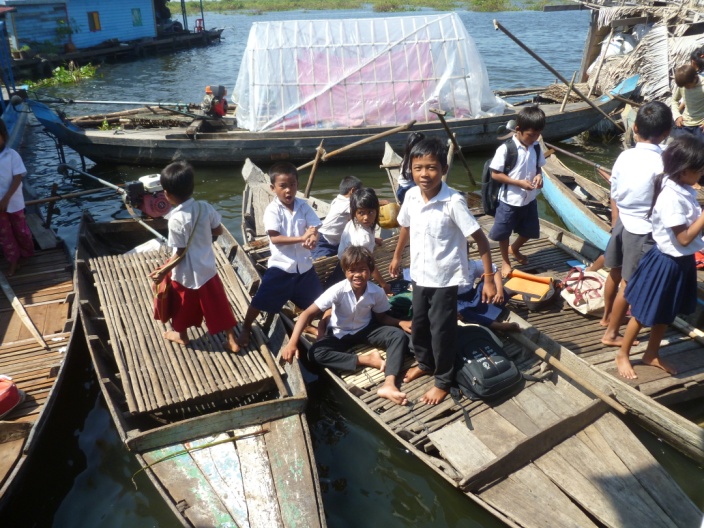
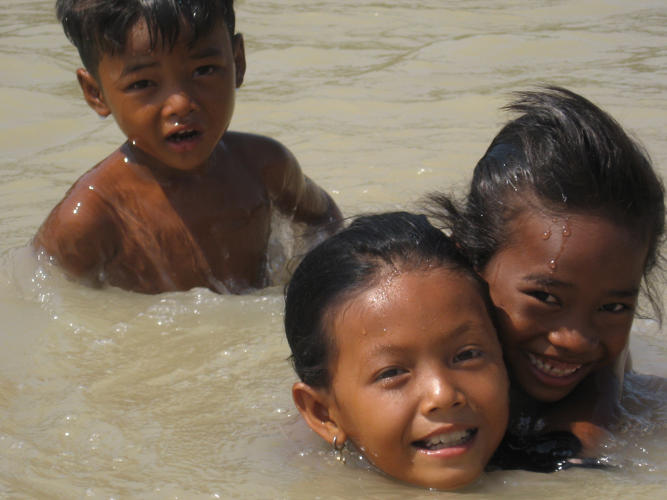

 RSS Feed
RSS Feed